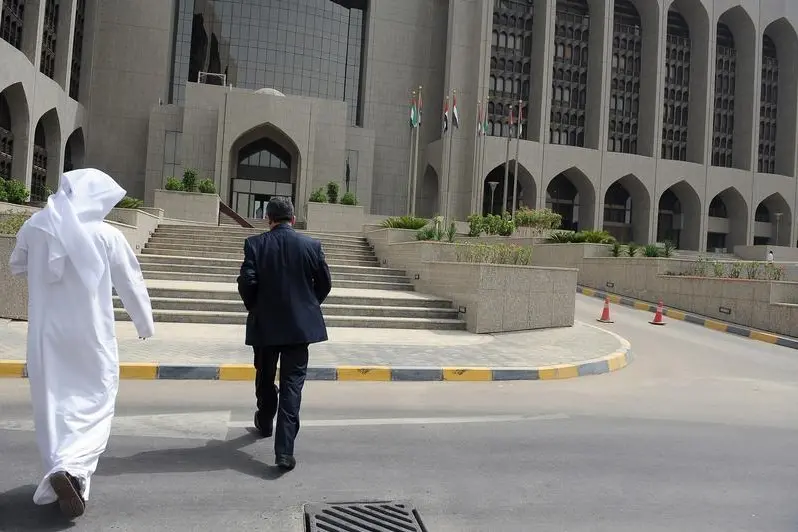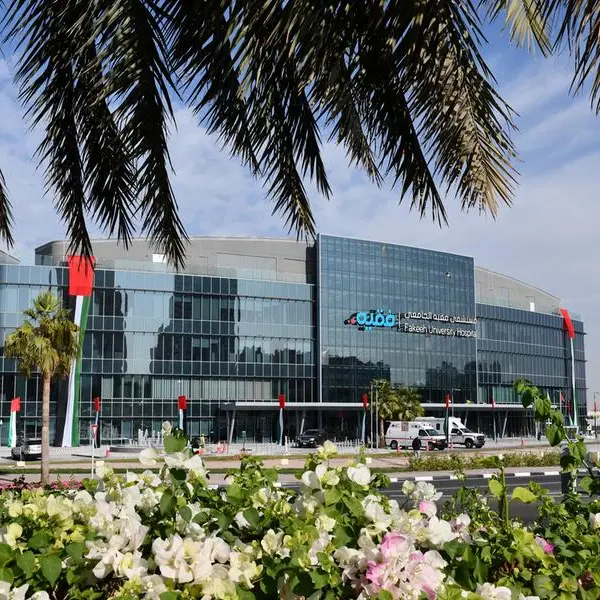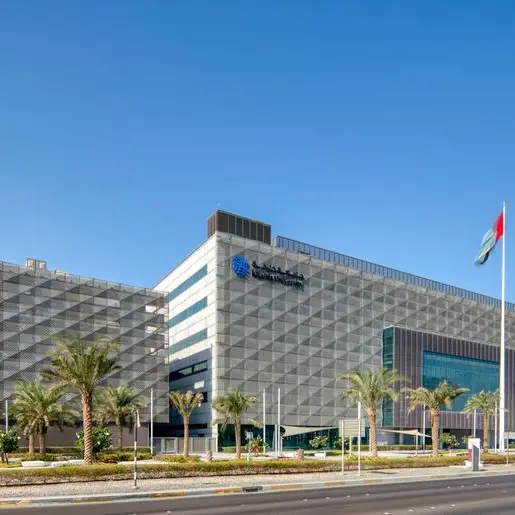PHOTO
The number of bank branches in the UAE decreased during 2017 after the merger of NBAD and FGB as well as an increased focus towards digital banking.
According to the UAE Central Bank's data for Q4 released on Monday, the number of banks reduced from 23 to 22 following the merger of the National Bank of Abu Dhabi and First Gulf Bank.
First Abu Dhabi Bank (FAB), the largest bank in the UAE, on Monday reported a 3.5 per cent profit fall in 2017, citing costs linked to its recent merger.
The number of local bank branches reduced by 75 and number of local offices decreased from 846 at the end of 2016 to 771 at the end of 2017. Similarly, the number of cash offices decreased from 76 at the end of 2016 to 51 at the end of 2017.
This could be attributed to the banking sector shifting its focus towards electronic banking. Electronic banking services units increased from 33 to 36 and ATMs reached 5,302 by the end of December 2017 compared to 5,243 at the end of 2016, an addition of 59 ATMs across the country.
While the number of foreign banks increased to 21, their branches decreased to 78. Similarly, the number of electronic services units of these banks also decreased from 31 to 25.
Assets, loans and deposits
According to the apex bank's figures, total assets of banks operating in the UAE grew 2 per cent to Dh2.695 trillion at the end of Q4 2017. Gross credit grew marginally by 0.04 per cent to Dh1.58 trillion, reflecting increased economic activity in the country as businesses borrow more and individuals take out personal loans to meet financial needs.
Overall, total deposits of resident and non-resident customers increased 2 per cent to Dh1.627 trillion in Q4 2017. Residents' deposits grew 2 per cent to Dh1.435 trillion while non-resident deposits grew 1.8 per cent to reach Dh191.6 billion.
Meanwhile, aggregate capital and reserves of banks operating in the UAE increased 3.2 per cent, reaching Dh337.7 billion in Q4 2017. Foreign assets of the Central Bank increased 1 per cent, reaching Dh347.7 billion.
Money supply
As per the UAE Central Bank data, money supply (M1, M2 and M3) registered growth in the fourth quarter of 2017 as well as the whole year.
M1, which comprises currency in circulation outside banks plus monetary deposits, increased 0.7 per cent during Q4 2017 as compared to 0.3 per cent in the same quarter last year. On an annual basis, there was a 3.9 per cent increase in the monetary aggregate, reaching Dh492.4 billion.
Money supply M2 - M1 plus quasi monetary deposits - increased 4.1 per cent on an annual basis to Dh1.276 trillion; while M3 - which includes M2 plus government deposits at banks and at the Central Bank - increased 5.4 per cent year on year to Dh1.487 trillion at the end of December 2017.
Copyright © 2018 Khaleej Times. All Rights Reserved. Provided by SyndiGate Media Inc. (Syndigate.info).












